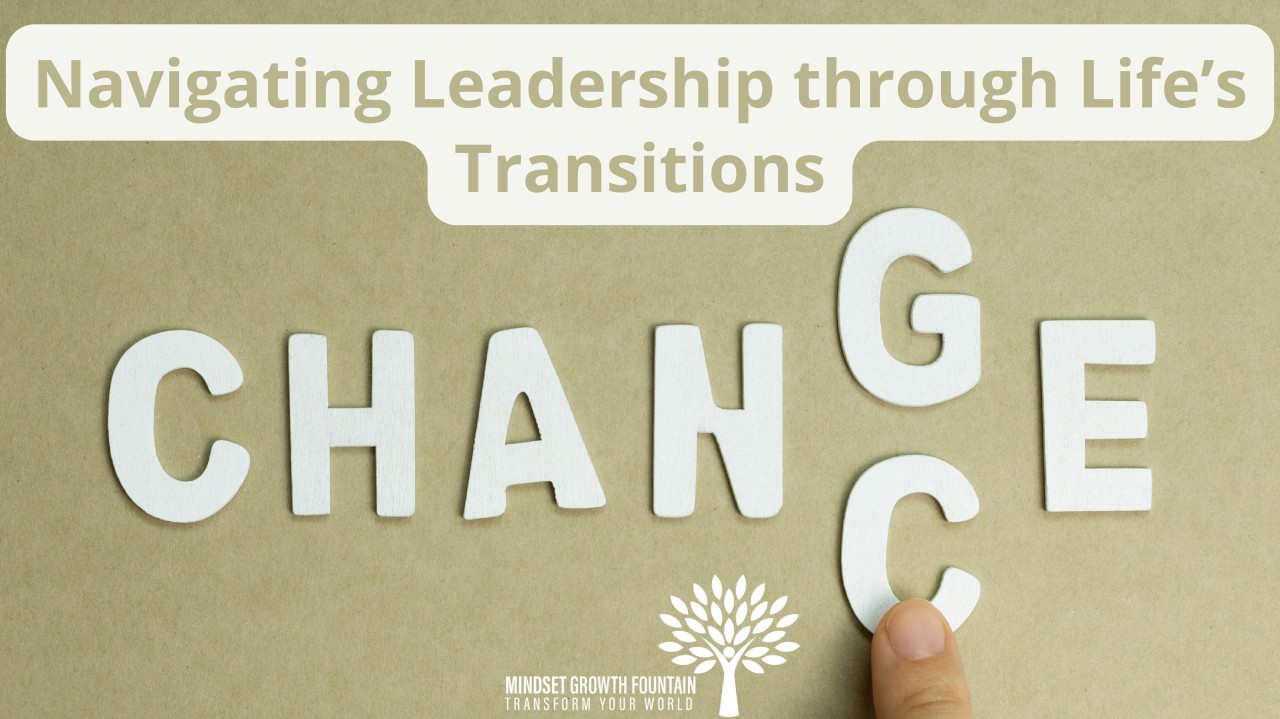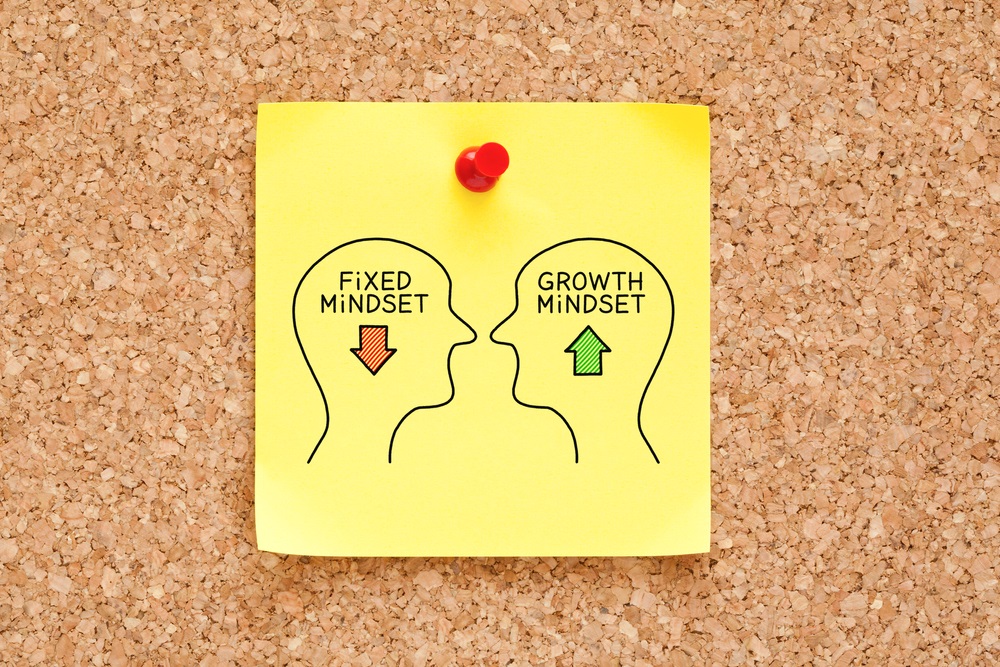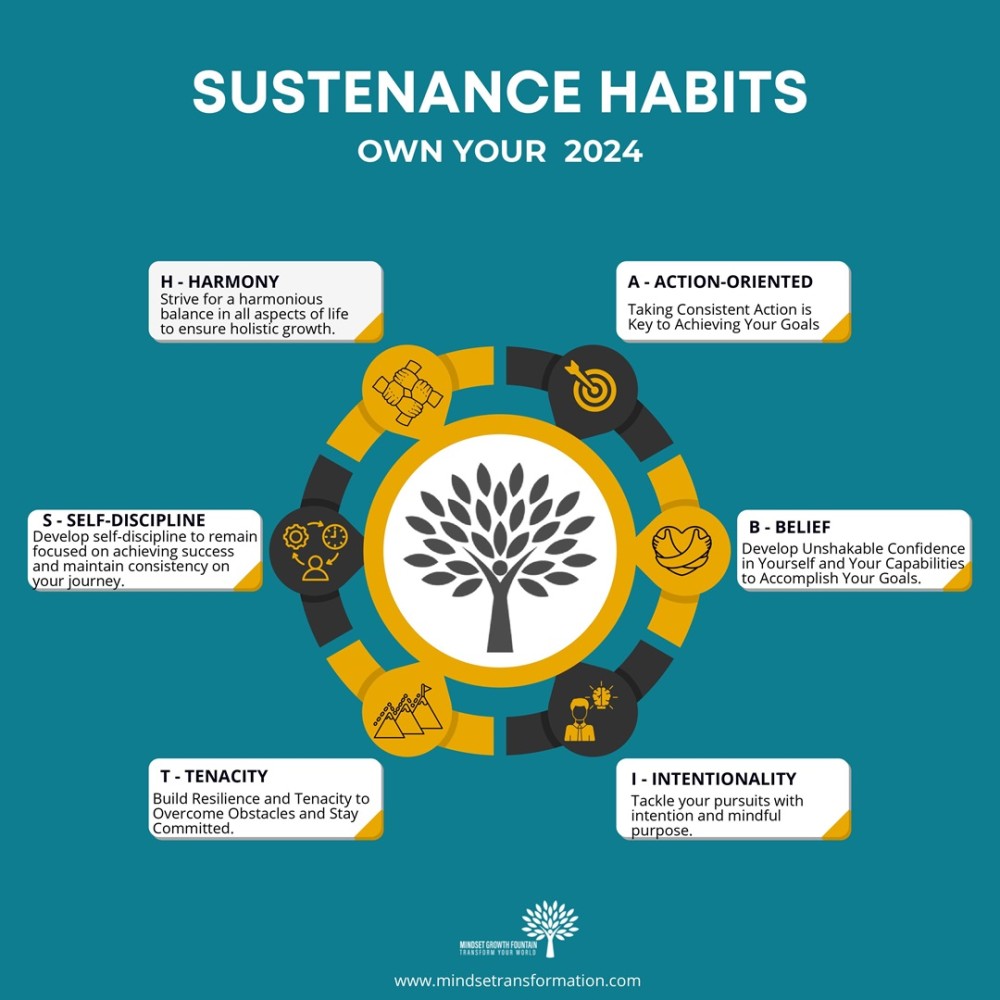In recent times, the sweltering weather has brought discomfort, especially for children during the night. My own kids have been restlessly pacing due to the heat. However, amidst these challenging moments, a beautiful opportunity arose. My son, awakened early by the temperature, initiated a conversation about his long-standing life aspirations. This led us to delve into discussions on how to actualize his dreams, reflecting on both our strengths and potential obstacles.
This experience prompted a profound question: Who truly owns our aspirations? This question resonated with me as I considered the visions leaders cast for their organizations. Do our team members truly grasp these visions as deeply as we do?
As I conversed with my son, it became evident that we weren't entirely aligned on the scale of his dreams. Recognizing this, I understood my responsibility as his parent to guide him towards a clearer understanding of what it takes to realize his aspirations especially through life’s transitions.
Transitioning through various stages of life and leadership entails profound shifts. From childhood to adulthood, and likewise through leadership roles, these transitions shape our journey. Adolescence, in particular, emerges as a significant phase—a time for self-discovery amidst influences that shape one's identity. It's during this stage that our values profoundly impact the decisions we make.
Reflecting on these parallels, it's clear that leadership also evolves through distinct stages. Each stage brings its own set of challenges and opportunities for growth. However, skipping a stage can lead to difficulties in navigating the complexities of leadership in later phases.
Understanding these transitions and their accompanying challenges, it becomes essential for leaders to cultivate specific skill sets:
- Adaptability: Embracing change and being open to new possibilities.
- Communication: Fostering clear and empathetic communication with team members.
- Emotional Intelligence: Nurturing an understanding of one's emotions and those of others.
- Strategic Thinking: Developing a long-term vision and plan for success.
- Problem-Solving: Building resilience and creativity in tackling challenges.
- Resilience: Cultivating inner strength to weather setbacks and challenges.
- Decision-Making: Developing confidence and clarity in making critical decisions.
- Team Building and Collaboration: Creating a culture of trust and collaboration within the team.
- Change Management: Effectively leading through periods of transition and transformation.
- Self-Reflection and Learning: Committing to continuous growth and self-improvement.
As leaders embark on their journey through these transitions, it's essential to seek support and guidance. By acknowledging the challenges and opportunities that lie ahead, leaders can navigate these transitions with greater clarity and resilience.
If you're currently navigating a phase of transition in your leadership journey, know that you're not alone. Share your experiences and seek support from mentors, peers, and trusted advisors who can provide valuable insights and guidance along the way. Remember, embracing these transitions with an open mind and a willingness to learn will ultimately lead to greater growth and success in your leadership role.








